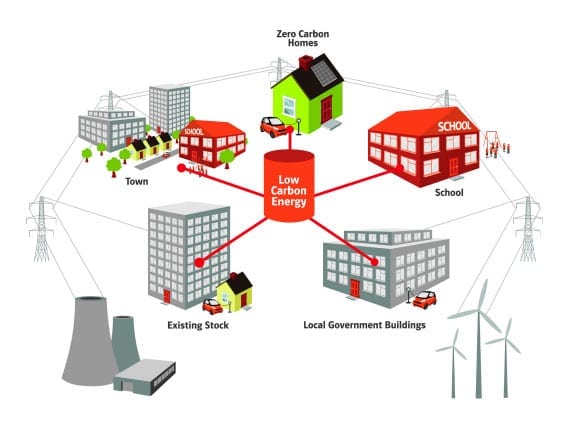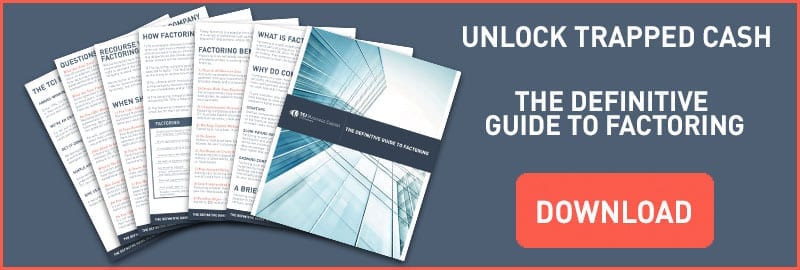The Next Energy Revolution: Renewable Energy & Batteries
November 22, 2016
According to the International Renewable Energy Agency, investment in renewable energy sources grew by more than 200% from 2006 to 2012 and the trend has accelerated in recent years. For example, the entire country of Costa Rica has been running almost entirely on renewable energy sources since July. If they can do it, why can’t we? In addition, Bloomberg noted that the cost of batteries for Electric Vehicles (EV) have fallen by more than 60% since 2010. When renewable energy and batteries are combined, the stage is set for the next revolution in energy, one which will upend how we produce, store, and transmit.
Renewable Energy Boom
Besides increased awareness of the impacts of climate change, one reason for the growth of renewable energy has been a vast reduction is the cost of power generation. Over the past 16-years, the cost per kilowatt of wind power has fallen by nearly 40.1 Another factor is efficiency. The Wall Street Journal recently pointed out one megawatt of wind power provides enough energy for nearly 273 homes. This is even more efficient than solar energy and it is a big reason why wind power is the second only to natural gas as the fastest growing energy generation option in the U.S.
Adding to lower cost and increased efficiency the raw materials for solar and wind power are free. Compare this to coal, nuclear, or natural gas, which require extracted and processed raw materials. These processes add to the cost of generation. For example, the U.S. Energy Information Administration (EIA) Annual Energy Outlook for 2016 noted that the Levelized Cost of Electricity of wind power is roughly 10% lower than conventional natural gas generation and nearly half the cost of nuclear power.
Even with lower costs, part of the challenge has been managing periods when wind and solar power production is not viable. In addition, transmission has relied on existing infrastructure to date. However, the integration of batteries with renewable energy sources have an opportunity to change the energy industry forever.
How Batteries Can Help
In terms of the chemistry, batteries provide the opportunity to easily store energy and then turn it back into electricity based on demand. When married with generation sources, they provide the ideal platform for storing energy during periods of peak generation – as opposed to peak demand.
While this technology could have been used in concert with traditional generation sources, peak generation and intermittency were not previously issues of concern. In the past, power plants could simply increase generation based on demand. However, a renewable energy ecosystem relies more on the availability of the energy source – i.e. sun, wind, geothermal.
In addition, the concept of grid management changes in a renewable energy ecosystem. While it is not always the case, renewable energy is more easily adopted to be a decentralized solution. This allows consumer to produced energy on site and this reduces the need for a ‘grid’ as we have traditionally defined it.

More Diversified Approach2
More Diversified Approach
Batteries can also carry out different tasks along the grid itself. At the point of generation, batteries can smooth out the ‘variability of flow’3 and store surplus energy during periods of low demand. In an ecosystem where excess energy cannot be stored, carbon-based power solutions need to be used to handle fluctuations. However, these sources can take hours to ramp up.
For homes without onsite power generation, batteries can be used as a backup generator when power is lost due to blackouts. While at certain points along the grid, batteries can be used to regulate the flow of electricity, thus enhancing grid management systems.
While cost, performance, and safety were previously issues keeping back the widespread adoption of batteries, all three have been addressed in recent years and several companies are entering the market with batteries for home and industrial use.
One example is Duke Energy’s energy storage business which includes installations in seven states. Tesla is another company at the forefront of battery technology, both for industrial (e.g. gigafactory) and home use (e.g. Powerpack). While the Advanced Research Project Agency-Energy (ARPA-E) is helping to support more than 20 utility-Scale battery technologies which it homes can reduce battery costs to less than $100 per kWh – the point at which most analysts agree battery storage becomes economically viable. Once this threshold is breached, the entire industry could be upended. The grid could become obsolete as energy become more about logistics (similar to FMCG products) than transmission.
The path is clear, joining renewable energy sources with batteries could usher in an energy revolution, one which will upend the industry as we know it.
Sources:
1Source: Wood, D. United States Department of Energy. 6 Charts that Will Make You Optimistic About America’s Clean Energy Future. 28 September 2016. https://goo.gl/tFciKX. Retrieved 5 October 2016.
2Source: E.on. What is Decentralized Energy? No Date. https://goo.gl/8ne42e Retrieved 19 October 2016.
3Columbia University. Eco Watch. How Better Battery Storage Will Expedite Renewable Energy. 21 September 2015. https://goo.gl/ca1N02. Retrieved 19 October 2016.



